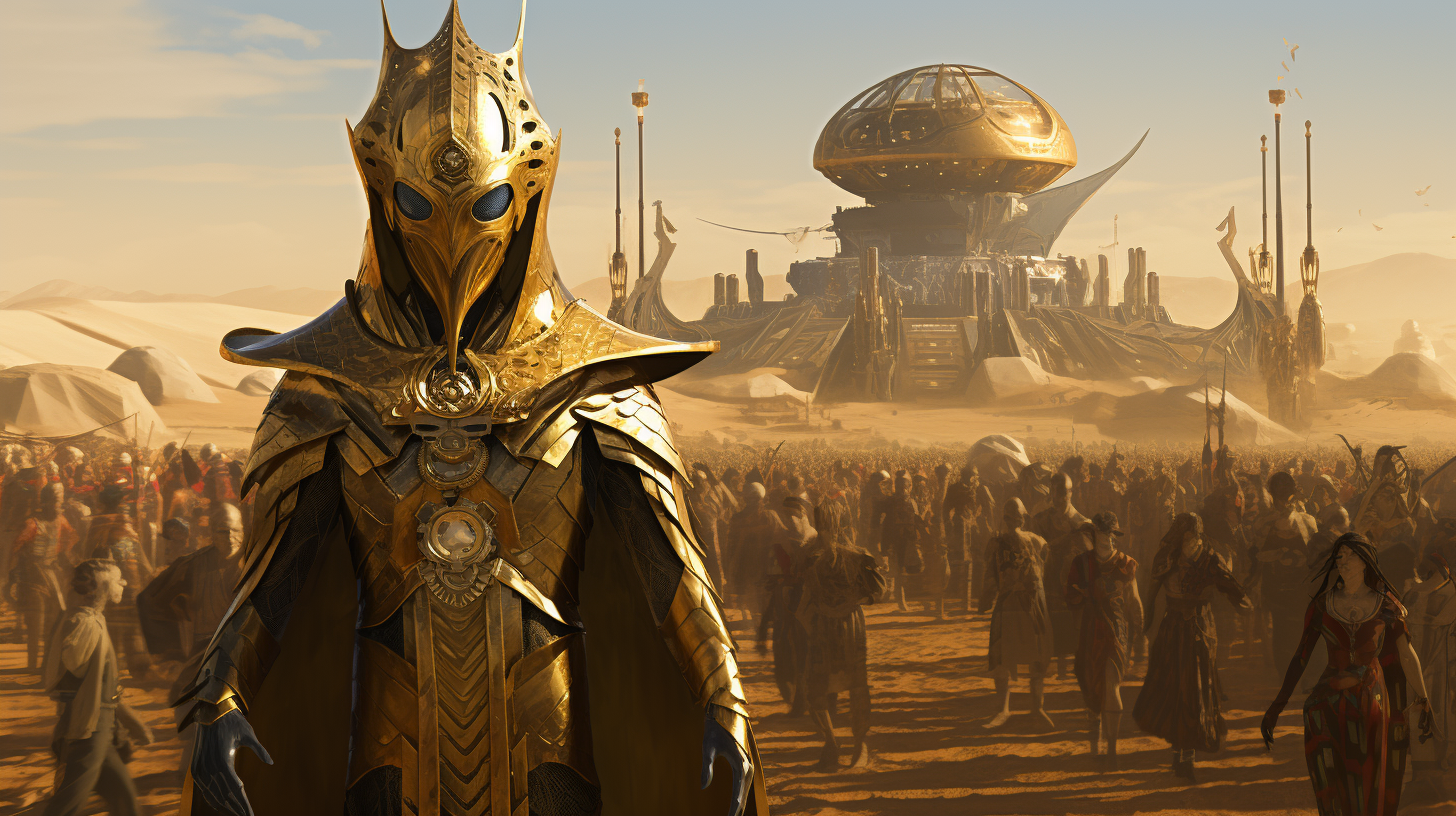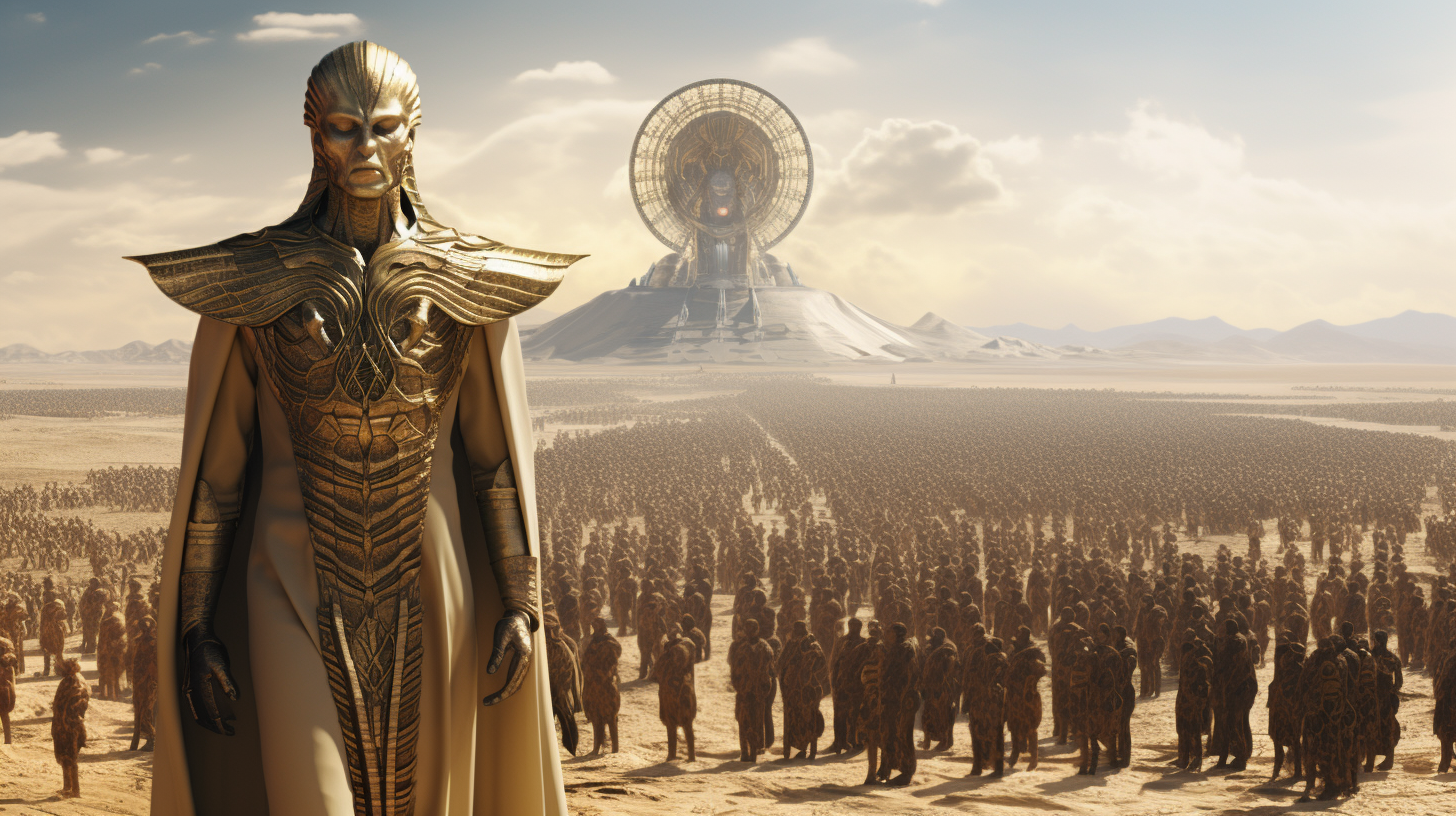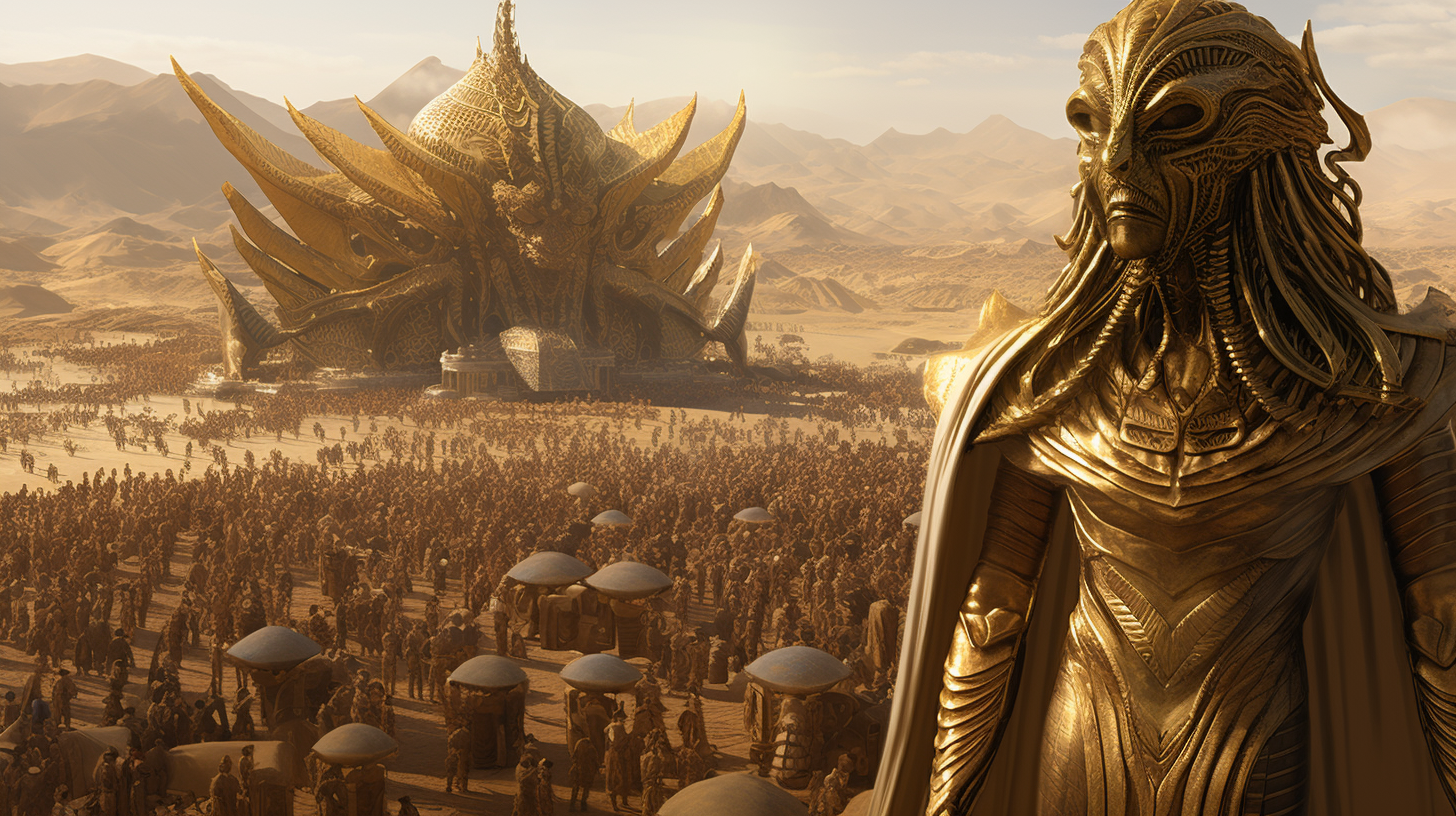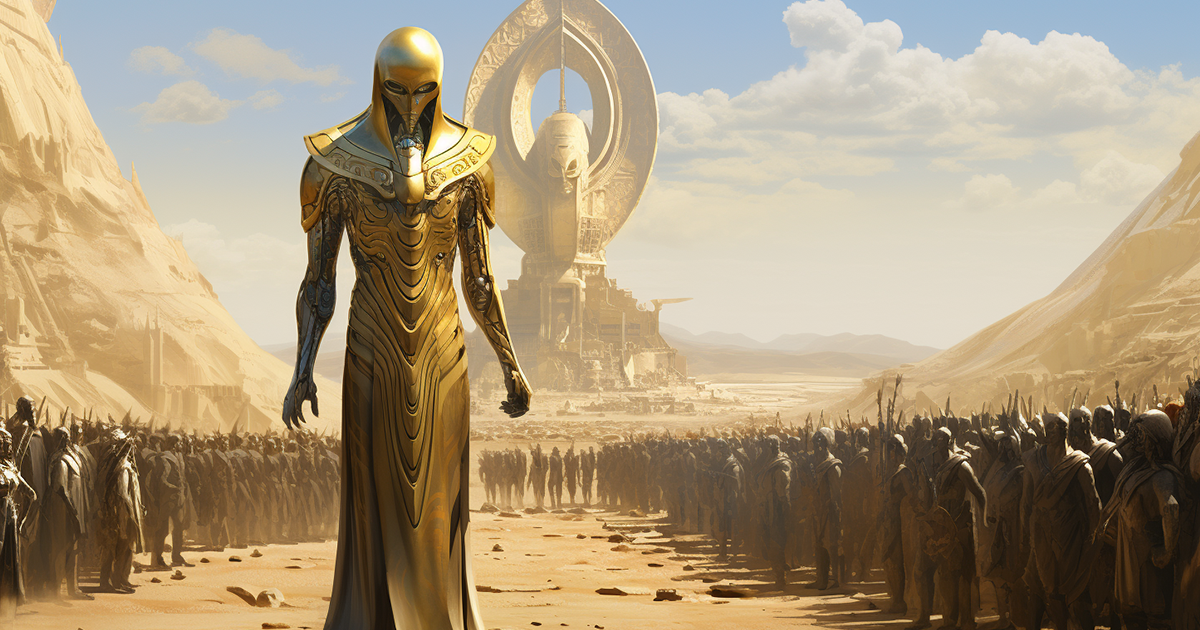In the heartland of ancient Mesopotamia, where the Tigris and Euphrates rivers once flowed, a civilization unlike any other in history thrived. The legacy of this civilization, known as Sumeria, has captivated historians and archaeologists for centuries.
Their contribution to human progress is undeniable, from the invention of cuneiform writing to the establishment of the world’s first known cities. But beneath the surface of their achievements lies an enigma that has intrigued both scholars and enthusiasts alike.
Sumeria, believed to have emerged around 3000 to 4000 BC, stands as a testament to human ingenuity. The Sumerians are credited with the creation of cuneiform writing, a complex system that utilized wedge-shaped symbols etched onto clay tablets.

These inscriptions, once deciphered, have shed light on their society, culture, and beliefs.
The key to unraveling the mysteries of Sumeria came in the form of a discovery in 1843 at an Assyrian palace. Thousands of cuneiform tablets were found, providing tangible evidence of an ancient kingdom that had long existed in the annals of history.
The significance of these tablets extended beyond mere historical documentation; they hinted at something far more intriguing.
Among the tablets and inscriptions, references to divine beings known as the Anunnaki emerged. These beings were described as “princely offspring of God” who descended from the sky.

In a society deeply rooted in polytheism, the Anunnaki held a special place as supreme deities. They were depicted as humanoid but nonphysical spirit beings, with the ability to take on human form.
The descriptions of the Anunnaki leave us with more questions than answers. Who were these mysterious beings, and where did they come from? Did they possess knowledge and power beyond human comprehension?
Some even speculate whether they could have been extraterrestrial in origin, arriving on Earth with a mission to share wisdom and extract materials from our planet.
The existence of the Anunnaki, as described in the cuneiform texts, adds a layer of complexity to the already rich tapestry of Mesopotamian history.

Their influence on the religious beliefs and social hierarchy of the time cannot be ignored.
As we delve deeper into the cuneiform inscriptions and the artifacts of Mesopotamia, we are left to ponder the nature of these divine beings and their connection to the Sumerian civilization.
Video:
While we may never fully unlock the secrets of the Anunnaki and their role in Mesopotamia, the enduring fascination with this enigmatic aspect of history reminds us that the past is not always as straightforward as it seems. Mesopotamia, with its ancient writings and clay tablets, continues to be a source of wonder and intrigue, challenging us to explore its depths and uncover the truths concealed within its cuneiform script.

25 thoughts on “The Enigmatic Legacy of Mesopotamia’s Cuneiform Tablets”
Comments are closed.